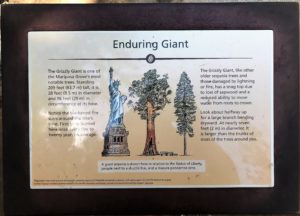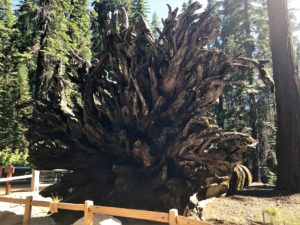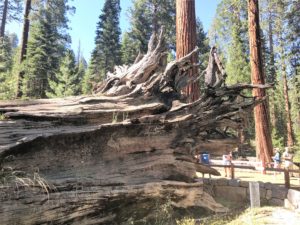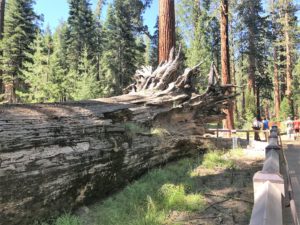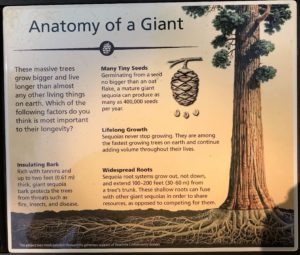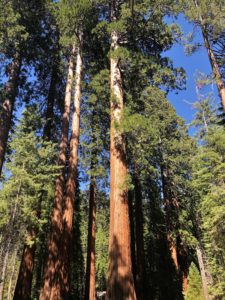Our flight arrived in Fresno California. We entered Yosemite National Park and our first stop upon arriving was Mariposa Grove. It was a quick stop but well worth it. Nice break in the drive from Fresno on the way to Glacier Point.
Mariposa Grove is a grove of giant sequoia trees located in Yosemite National Park in California, United States. It is one of the largest and most famous groves of its kind, with over 500 mature giant sequoias. The grove is named after Mariposa County, where it is located, and is a popular tourist destination and hiking area.
The history of Mariposa Grove dates back to the mid-19th century, when it was first discovered by European settlers. In 1855, a group of explorers led by Galen Clark, a naturalist and conservationist, discovered the grove and were amazed by the size and grandeur of the giant sequoias. Clark was so impressed by the grove that he spent the rest of his life working to preserve it.
In the late 19th century, Mariposa Grove became a popular tourist destination, with visitors coming from all over the world to see the giant sequoias. The park was established in 1890, and the grove was included in the park’s boundaries. Over the years, the park has worked to preserve the grove and protect the giant sequoias from damage and destruction.
Today, Mariposa Grove is a designated wilderness area and is managed by the National Park Service. Visitors can take a tram tour of the grove or hike the trails that wind through the forest. The grove contains some of the largest and oldest trees in the world, including the famous Grizzly Giant, which is estimated to be over 1,800 years old.
In recent years, Mariposa Grove has faced a number of challenges, including damage from increased foot traffic and the effects of climate change. The park has implemented a number of measures to protect the grove, including limiting the number of visitors and rerouting trails to reduce damage to the trees.

